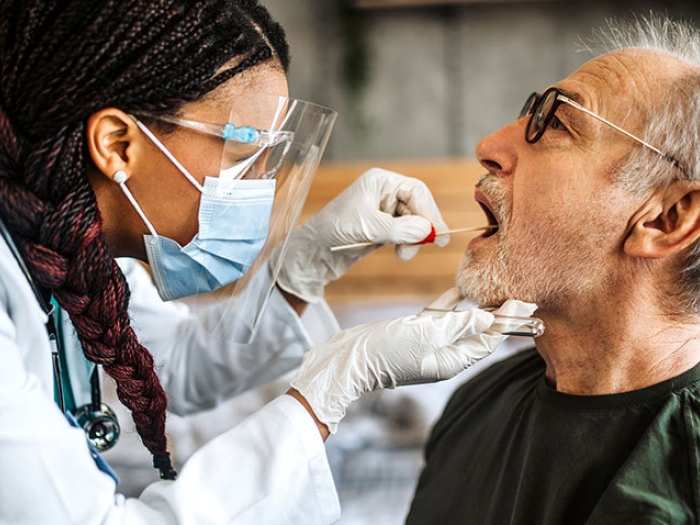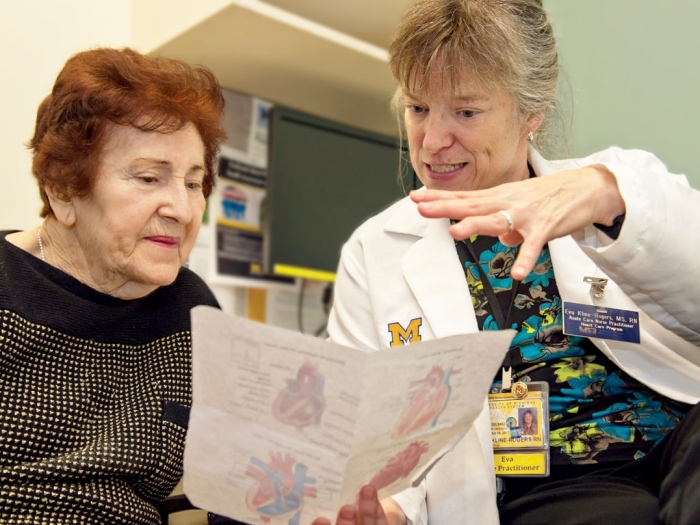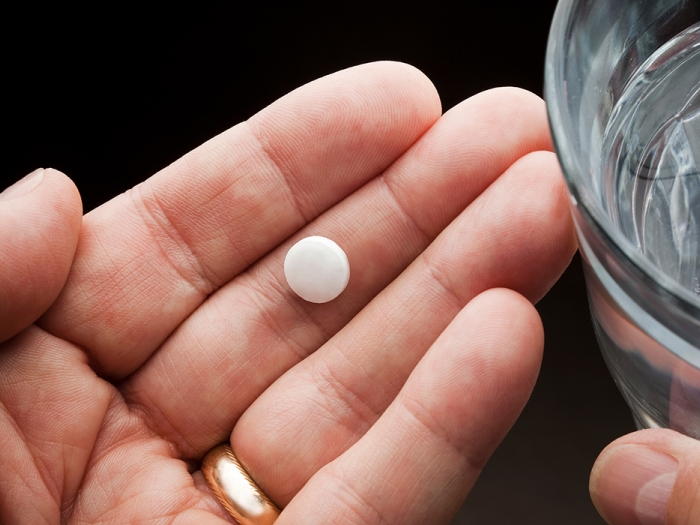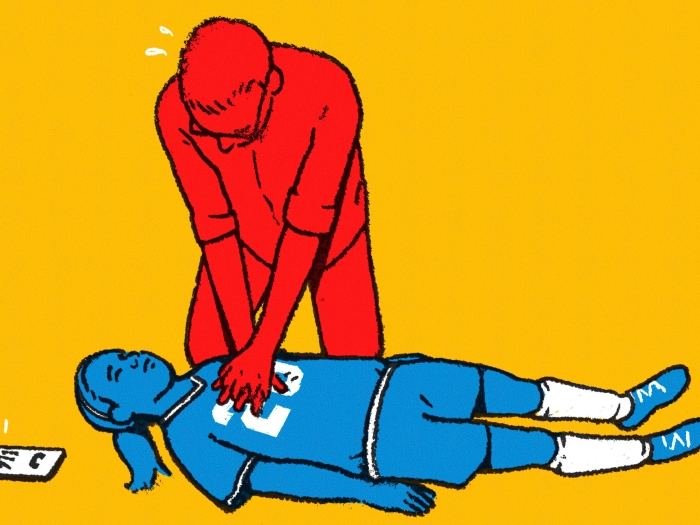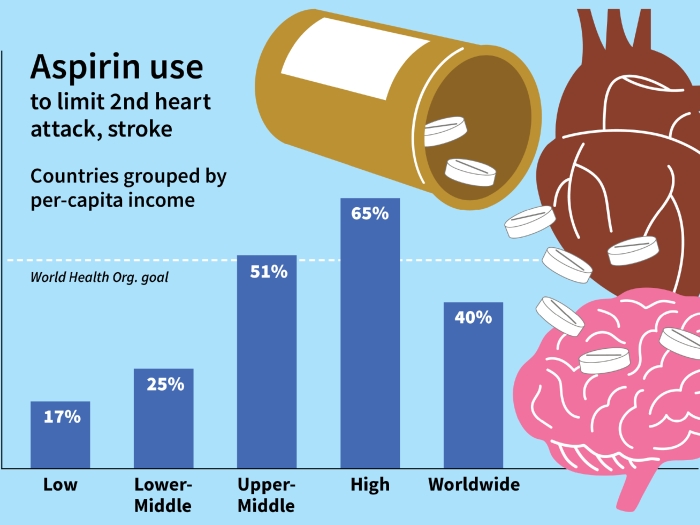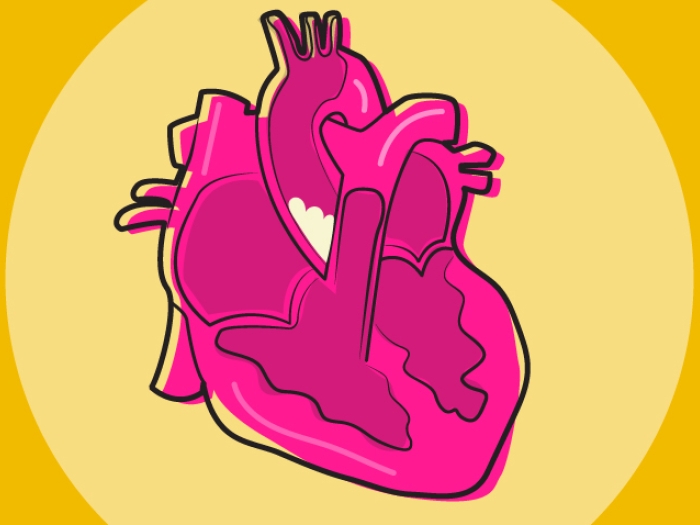A new study examining allocations of NIH research dollars finds lagging support for cardiac arrest, which kills hundreds of thousands of Americans each year.
2:00 PM
Author |
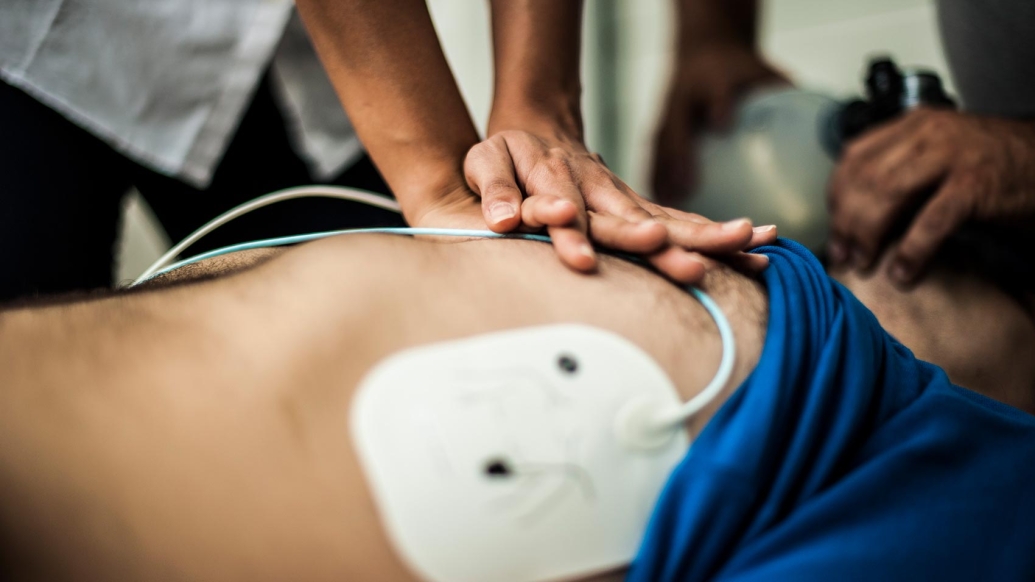
Government funding to research a common — and usually deadly — heart condition has dropped in the last 10 years, even as the health risk claims almost half a million lives annually.
MORE FROM THE LAB: Subscribe to our weekly newsletter
About 450,000 Americans die each year from cardiac arrest, making it the third-leading cause of death in the United States based on a recent Institute of Medicine Report.
But allocations from the National Institutes of Health to research cardiac arrest fell from $35.4 million to $28.5 million during the past decade, according to a new study. In 2015, funding for cardiac arrest research was $40.8 million out of the NIH's $21.2 billion budget, which amounts to less than 0.2 percent.
In addition, in 2015, the NIH research investment in cardiac arrest was estimated to be $91 per annual death compared to $2,200 per annual death for stroke, $2,100 per annual death for heart disease, and $9,000 per annual death for cancer.
The disparity is difficult to justify, says Robert Neumar, M.D., Ph.D., professor and chair of the Department of Emergency Medicine at Michigan Medicine, and member of the Michigan Center for Integrative Research in Critical Care.
"Based on the burden of disease, cardiac arrest is a major public health issue that flies under the radar of public awareness," says Neumar, senior author of the study published this week in JAHA: Journal of the American Heart Association.
The new analysis, which encompasses data from 2007 to 2016, is the first to evaluate the annual trend of NIH cardiac arrest research funding over time, its authors say.
Still, they aren't sure why the disparity exists.
"One of the challenges could be that we don't have enough scientists applying for grants in cardiac arrest research," Neumar says. "It could also be a chicken-or-the-egg scenario where there isn't enough money to do research, so researchers study other diseases."
Unlike other major causes of death, cardiac arrest generally doesn't get much funding from industry sources, including pharmaceutical manufacturers, which makes limited government funding all the more problematic, says Neumar.
Looking ahead
Although NIH funding for cardiac arrest lags, any funds nonetheless do help, says study co-author Ryan A. Coute, a medical student at Kansas City University of Medicine and Biosciences who conducted the research while completing a Sarnoff fellowship at the University of Michigan.
SEE ALSO: Stopped Hearts Need More Cardiac Arrest Research to Start
"Research can lead to new resuscitation treatment strategies, innovative ways to identify people at risk for cardiac arrest and methods to optimize post-cardiac arrest care, to name a few," he says.
For example, NIH funding of the Resuscitation Outcomes Consortium, a North American clinical trial network focused on cardiac arrest, led to overall survival increases from 10.2 to 12.4 percent between 2006 to 2015 at participating study sites. The NIH-funded Public Access Defibrillation Trial demonstrated that deployment of public access defibrillators saves lives. And multiple animal studies funded by NIH have demonstrated that therapeutic hypothermia reduces brain injury caused by cardiac arrest, Coute notes.
Still, there is plenty of room for improvement — and wider involvement from the scientific community.
"Our results show a lack of growth in the number of investigators funded by NIH to perform cardiac arrest research, which may suggest an inadequate pool of investigators focused on this disease," Coute says. "We should encourage physician-scientists from various fields of medicine, such as cardiology, neurology and critical care, to focus their talents on cardiac arrest research."
Such research, the study's authors say, also needs to examine treatment methods after cardiac arrest.
"Once someone is resuscitated and gets to the hospital, that's really only half the battle," Neumar says. "Keeping them alive and minimizing the brain damage caused by cardiac arrest are areas where important research is needed."

Explore a variety of healthcare news & stories by visiting the Health Lab home page for more articles.

Department of Communication at Michigan Medicine
Want top health & research news weekly? Sign up for Health Lab’s newsletters today!
